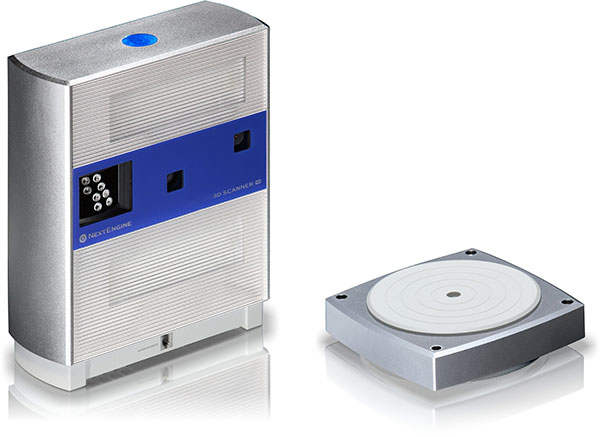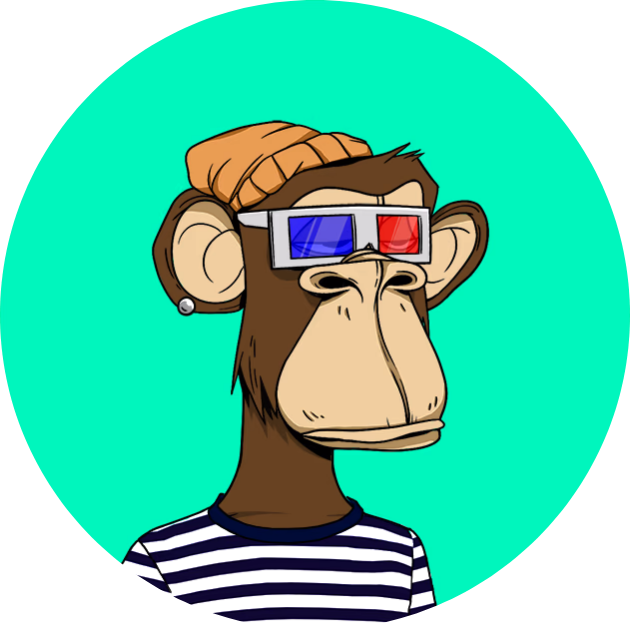The NextEngine 3D Scanner was released a few years ago and still remains one of the most popular on 3D scanners on the market. At a price point under the $3,000 mark, this is considered to be one of the best 3D scanners available.

The scanner does not have to be calibrated before first use. You simply connect it to your computer and you’re ready to begin. Ease of use is one of the strongest features that the NextEngine scanner offers. It fits easily into any environment, and although small in size, it can deliver high quality results.
The software contains algorithms that help you to filter out background images and quickly adjust your lighting for optimal scanning abilities. The software also makes it easy and convenient to export in a variety of formats including U3D, OBJ, STL, and VRML, and it will enable you full customization of file sizes with intelligent polygon reduction. In addition, the ScanStudio software gives you everything you need to control the scanner right from the settings panel. Your system will automatically sequence many different scans using built-in tools to align and then merge multiple views into one single model, and it requires only a 2.5 GHz dual core processor and 3GB RAM to install.
The scanner itself gives you high definition scans that rival those of much higher price points. You get clean surface data that is void of inaccuracies, saving you hours of editing time. This enables you to use your scans automatically, which cuts out a number of steps that are often needed with other scanners for editing.
The electro-optical architecture system uses algorithms and an array of lasers that allow it to scan in parallel. This gives you much higher points throughout and better data fidelity. The accuracy is measured at 0.005 inch, with a maximum of 400 sample points per inch, for macro mode. There is 0.015 inch accuracy with 150 sample points per inch for wide mode.
The scanner captures specific details that many high end scanners just can’t capture. You get rich, full color photo data at each surface point, and data is optically synchronous, so each point holds data for geometry and for color.
Another great feature is the flexibility in scan size. With no scan box or turntable, there is no preset size limit, so you can scan literally anything with no limits. Surface color is optically locked so assembling your models is easy and with the included software, you can place virtual beads on scans, helping you to align different views into a single model instantly. After just a few quick edits and alignments, your complete project is formed after combining the shots of each facet that you capture from your different viewpoints. So, there are no real limits to the size of objects that you can accurately scan.
The depth of field for macro range is 5 to 9 inches, and for wide range, 15 to 22 inches, with each capture taking only about 2 minutes. You can get a complete model of your object in about 12 shots total, depending on the size and shape. Overall, this is an accurate, quick scanner, and a great one for the price range.
